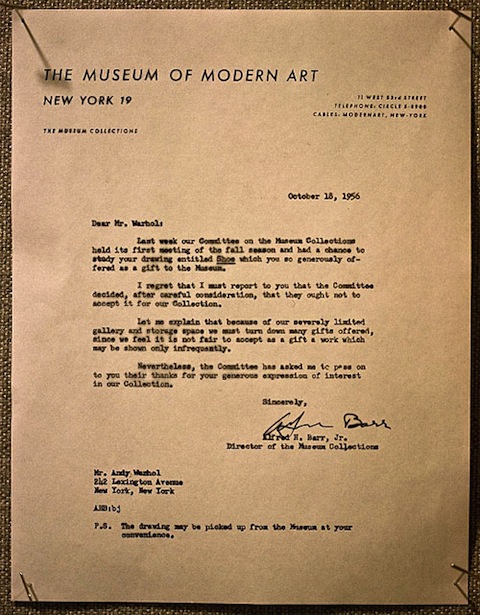This has “viral video” written all over it. The only problem is that it was filmed and released back in 2003, just two years before YouTube changed our world. But who knows, maybe with your help, the video could enjoy some posthumous viralness. Or is it virality or viralosity?
The clip above features Jeroen Offerman, a Dutch visual artist who, a decade ago, spent three months learning to sing Led Zeppelin’s “Stairway to Heaven” entirely backwards. He filmed himself singing the song in reverse, while standing in front of Saint Paul’s Cathedral in London, then flipped the direction of the video (hence the pedestrians walk backwards), all in order to show how well he mastered the art of singing Zeppelin in reverse.
On his website he explains St******@St.html”>the project in greater detail, writing:
“The Stairway at St.Paul’s” is based on the hysteria that surrounded certain music-recordings of the 60’s and the 70’s. Some rock bands, like the Beatles, Judas Priest and Led Zeppelin were supposed to have put hidden messages in their records that could only be heard when played backwards. These messages though, would subconsciously be picked up by the listener who would then react in response to them.
In this way the band Judas Priest ended up in a court case because their records had ‘induced’ children to commit suicide. Also, the Beatles were supposed to suggest through their records that Paul McCartney, one of their main band members, had died in a car crash and was replaced by a look-a-like.
The most famous example though, is Led Zeppelin’s ‘Stairway to Heaven’, a song about a woman buying herself a way in to heaven. The mystic lyrics seem to urge us to follow the right path in life. But, as one line in the song already says, “sometimes words have two meanings”, and so, when played backwards, this song is supposed to urge us to worship evil.
It’s time to dive in to your record-collection and find out if it was all true. But first let us watch this video. So turn up the volume and remember the first time you smoked a cigarette…
Things get pretty great around the 6:07 mark.
I’m praying that this isn’t all a goof.
If you would like to sign up for Open Culture’s free email newsletter, please find it here. It’s a great way to see our new posts, all bundled in one email, each day.
If you would like to support the mission of Open Culture, consider making a donation to our site. It’s hard to rely 100% on ads, and your contributions will help us continue providing the best free cultural and educational materials to learners everywhere. You can contribute through PayPal, Patreon, and Venmo (@openculture). Thanks!
Related Content:
Hear Led Zeppelin’s First Recorded Concert Ever (1968)
Led Zeppelin Plays One of Its Earliest Concerts (Danish TV, 1969)




